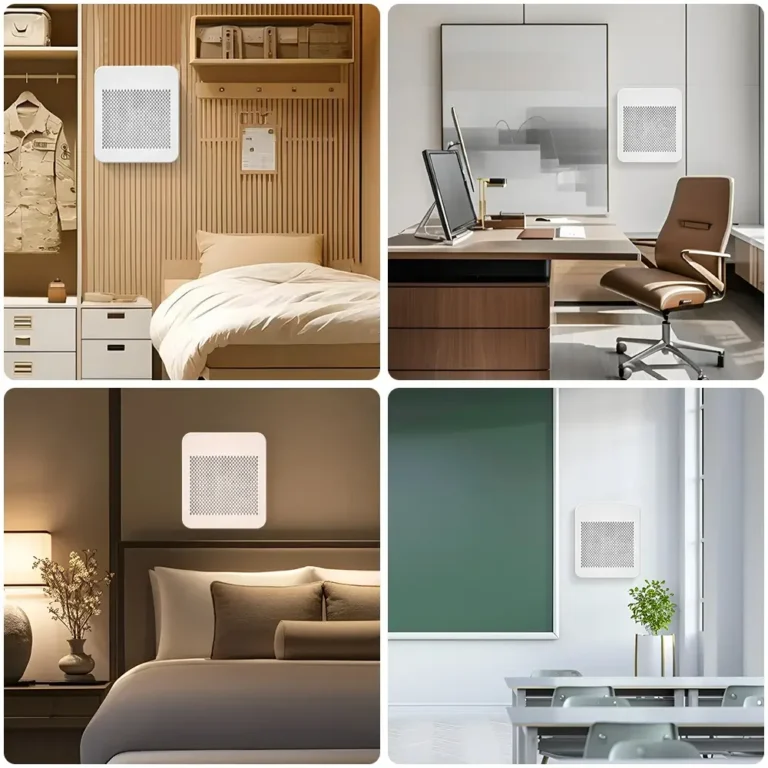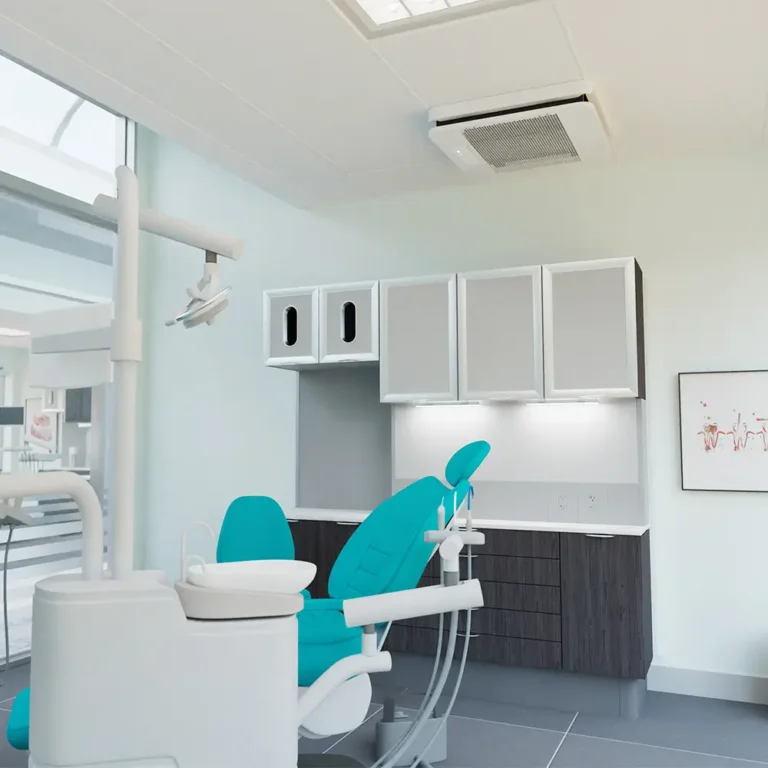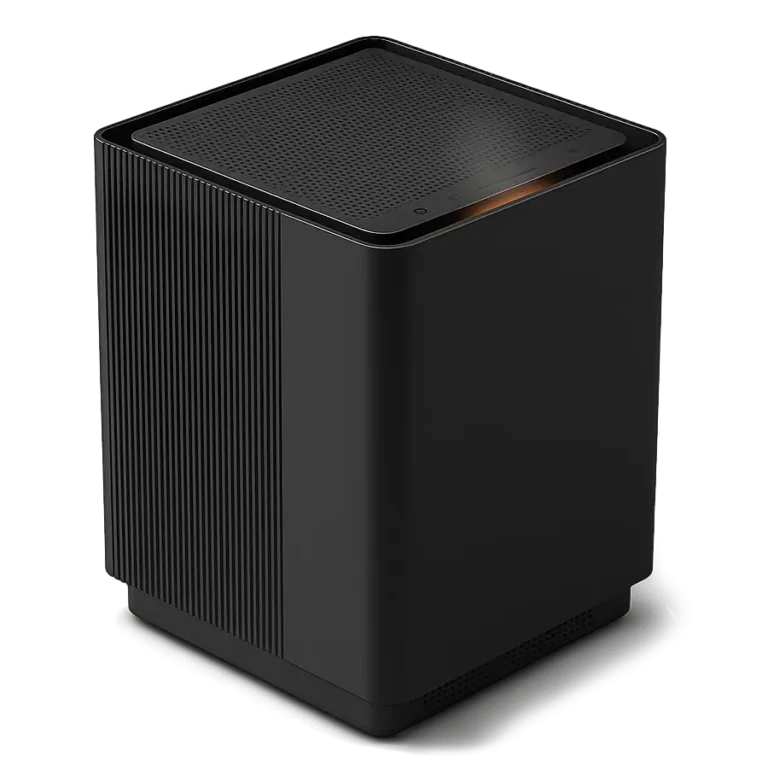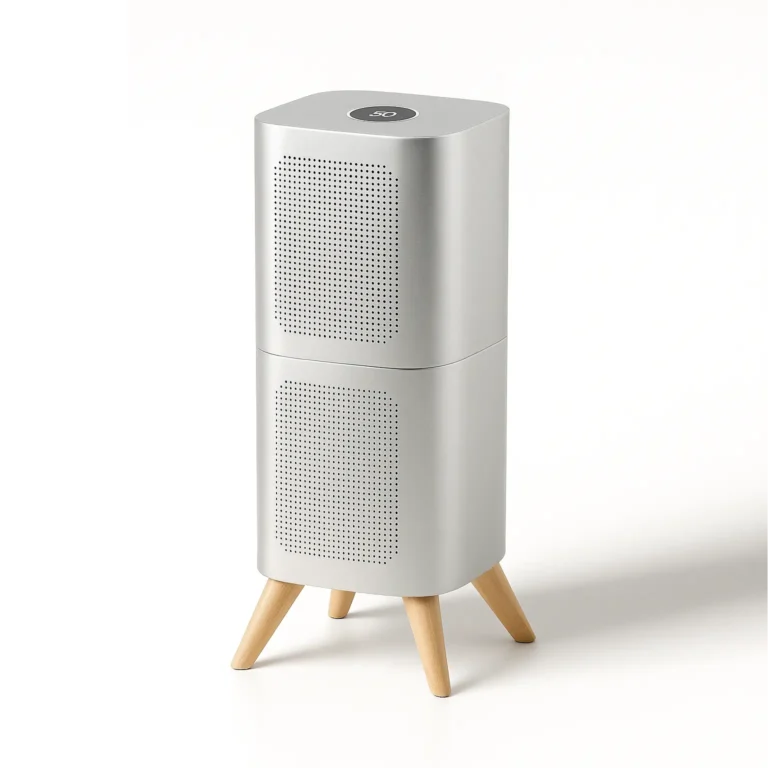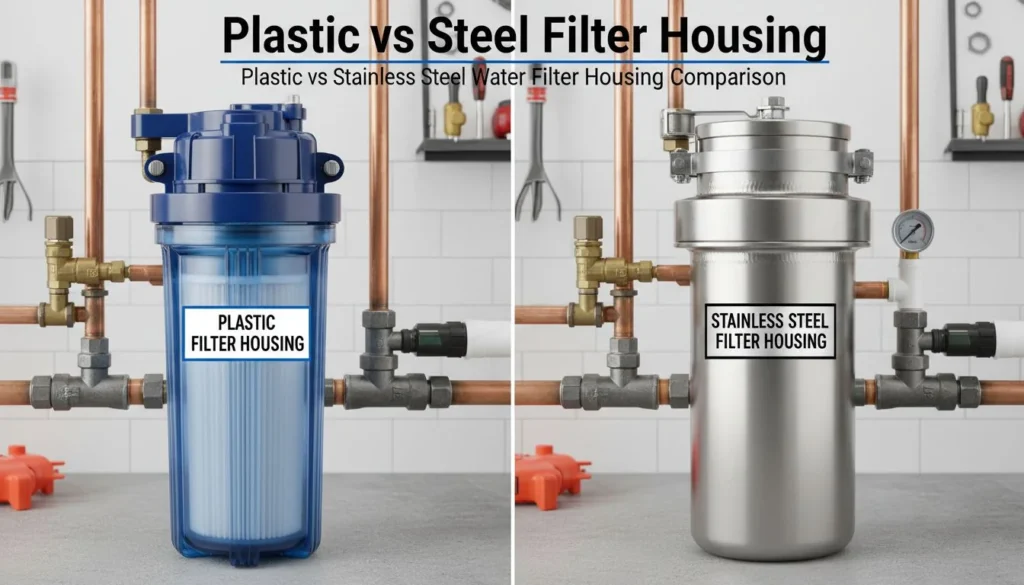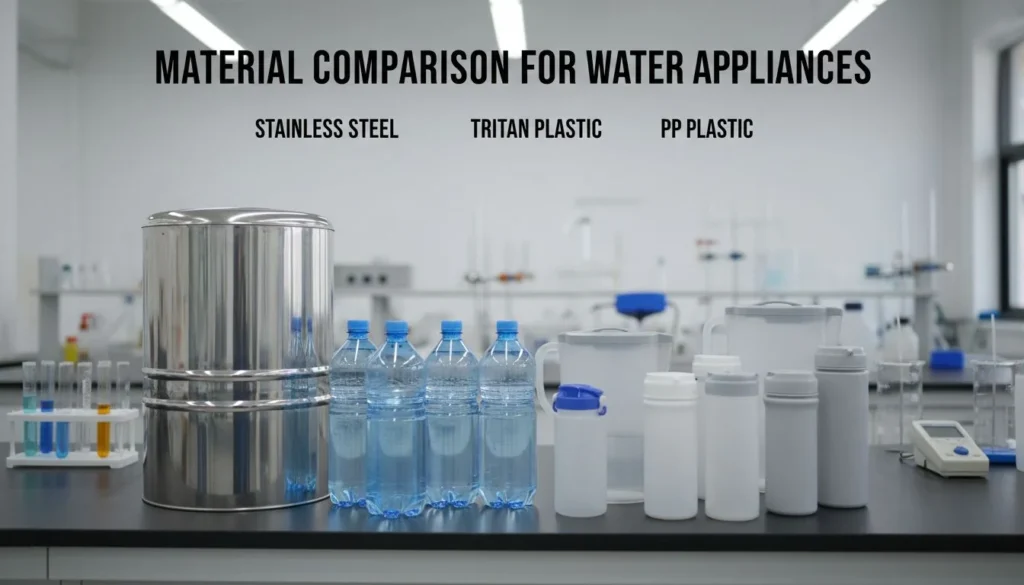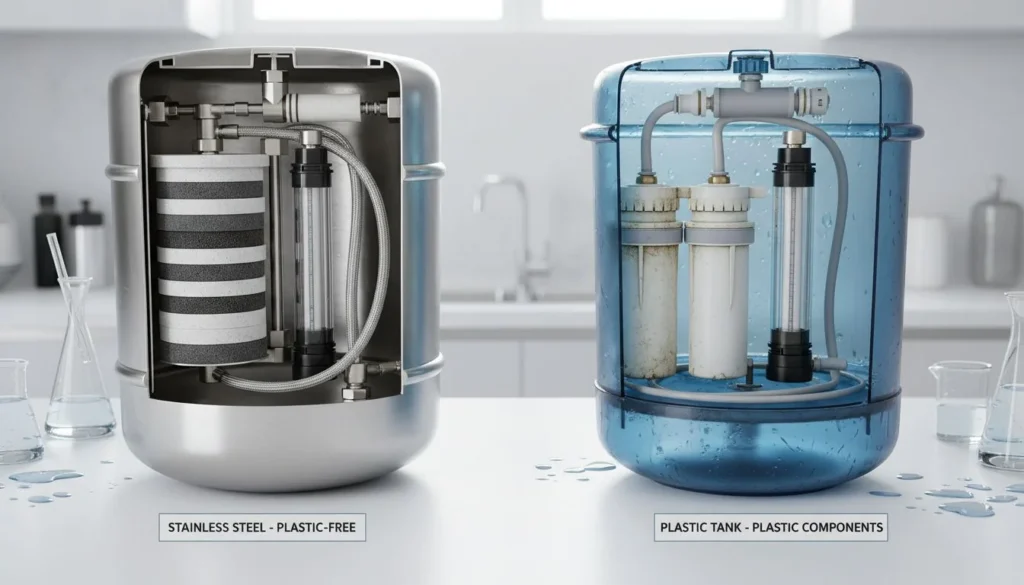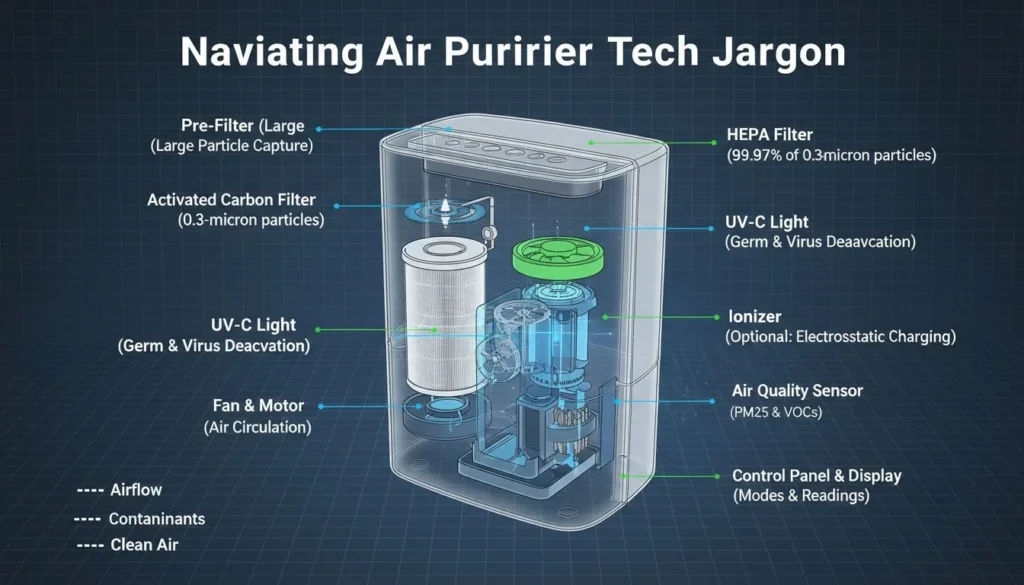우리가 숨 쉬는 공기는 단순한 필수품이 아니라 웰빙의 중요한 요소입니다. 공기질에 대한 전 세계적인 인식이 높아지면서 공기청정기 산업은 그 어느 때보다 번창하고 있습니다.
중국은 탄탄한 공급망과 오랜 제조 전문성을 바탕으로 공기청정기 생산을 선도하고 있습니다. 그러나 증가하는 수요를 충족하고 관세를 피하기 위해 중국에서 수입한 자재를 활용하는 새로운 조립 공장에 힘입어 인도의 입지가 커지고 있습니다.
Understanding the dynamics of 공기 청정기 production between China and India offers invaluable insights for businesses and consumers alike. Dive deeper to discover the competitive advantages, market strategies, and future prospects shaping this industry's landscape.
중국은 전 세계 공기청정기 생산량을 선도하고 있습니다.True
중국은 광범위한 공급망과 제조 전문성을 갖춘 선도적인 국가입니다.
중국이 공기청정기 제조 분야에서 지배적인 위치를 차지하게 된 이유는 무엇일까요?
공기청정기 제조 분야에서 중국의 우위는 광범위한 공급망과 전문성에 뿌리를 두고 있습니다.
중국은 포괄적인 공급망, 첨단 기술, 풍부한 경험을 바탕으로 공기청정기 제조 분야에서 탁월한 역량을 갖추고 있어 글로벌 허브 역할을 하고 있습니다.
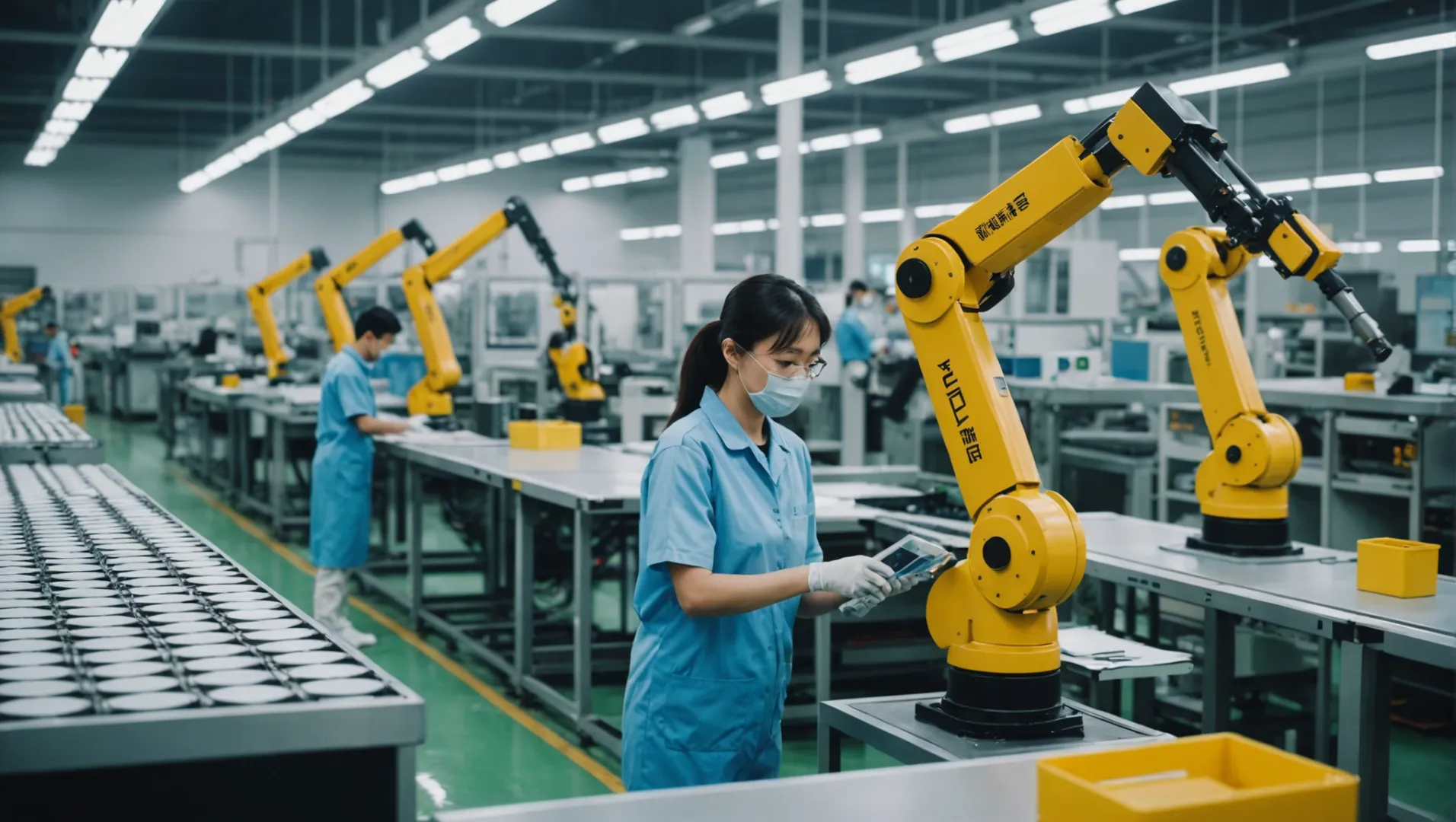
광범위한 공급망 인프라
One of the primary reasons China has secured its place as a leader in air purifier manufacturing is its well-established supply chain infrastructure. Over decades, China has developed a network of suppliers that provide everything from raw materials to cutting-edge technology. This integrated approach allows manufacturers to keep costs low and production efficient. For businesses, this means they can benefit from competitive pricing and rapid production cycles, essential in a fast-paced global market.
고급 제조 역량
중국은 제조 기술과 시설에 막대한 투자를 통해 고품질 생산 표준을 충족하고 있습니다. 중국은 다음과 같은 대명사가 되었습니다. 혁신과 확장성1저렴한 가격대의 모델부터 최신 기술이 적용된 하이엔드 정수기까지 다양한 제품을 제공합니다. 이러한 역량은 국내 수요뿐만 아니라 글로벌 시장에도 대응하여 중국의 지배력을 더욱 공고히 하고 있습니다.
전략적 시장 포지셔닝
중국 제조업체는 전략적 포지셔닝을 통해 전 세계의 다양한 수요를 충족할 수 있습니다. 중국 기업들은 다양한 지역의 소비자 니즈를 파악하여 HEPA 필터링 및 스마트 연결과 같은 기능을 제공하는 맞춤형 제품을 제공할 수 있습니다. 이러한 적응력은 소비자들이 공기질 문제에 대한 인식이 높아짐에 따라 매우 중요합니다.
오랜 기간 쌓아온 전문성
제조업에서는 경험이 중요하며, 중국은 다년간의 경험을 보유하고 있습니다. 중국의 전문성은 변화하는 시장 역학 관계에 빠르게 혁신하고 적응하는 능력에 반영되어 있습니다. 이러한 오랜 전문성 덕분에 중국 제조업체는 시장 트렌드와 니즈를 효과적으로 예측할 수 있습니다. 그 결과 인도와 같은 신흥 업체들보다 경쟁 우위를 유지하고 있습니다.
도전과 기회
이러한 강점에도 불구하고 중국 제조업체가 해결해야 할 국제 관세 및 환경 문제와 같은 과제가 있습니다. 그러나 이러한 도전은 다른 지역과 시장으로 다각화할 수 있는 기회이기도 합니다.
요약하자면, 중국의 공기청정기 제조 분야에서의 우위2 는 포괄적인 공급망, 첨단 기술, 수십 년간 쌓아온 전문성을 바탕으로 글로벌 시장에서 막강한 입지를 구축한 덕분입니다.
중국의 공급망은 공기청정기 비용을 낮게 유지합니다.True
중국의 통합 공급망을 통해 비용 효율적인 생산이 가능합니다.
중국은 정수기에 대한 첨단 제조 기술이 부족합니다.False
중국은 첨단 제조 기술에 많은 투자를 해왔습니다.
인도의 공기청정기 시장은 어떻게 진화하고 있나요?
인도의 공기청정기 시장은 전략적 변화로 인해 변화의 정점에 서 있습니다.
인도의 공기청정기 시장은 관세 장벽을 극복하고 국내외 수요를 충족하기 위해 수입 부품을 사용한 전략적 조립 작업을 통해 진화하고 있습니다.
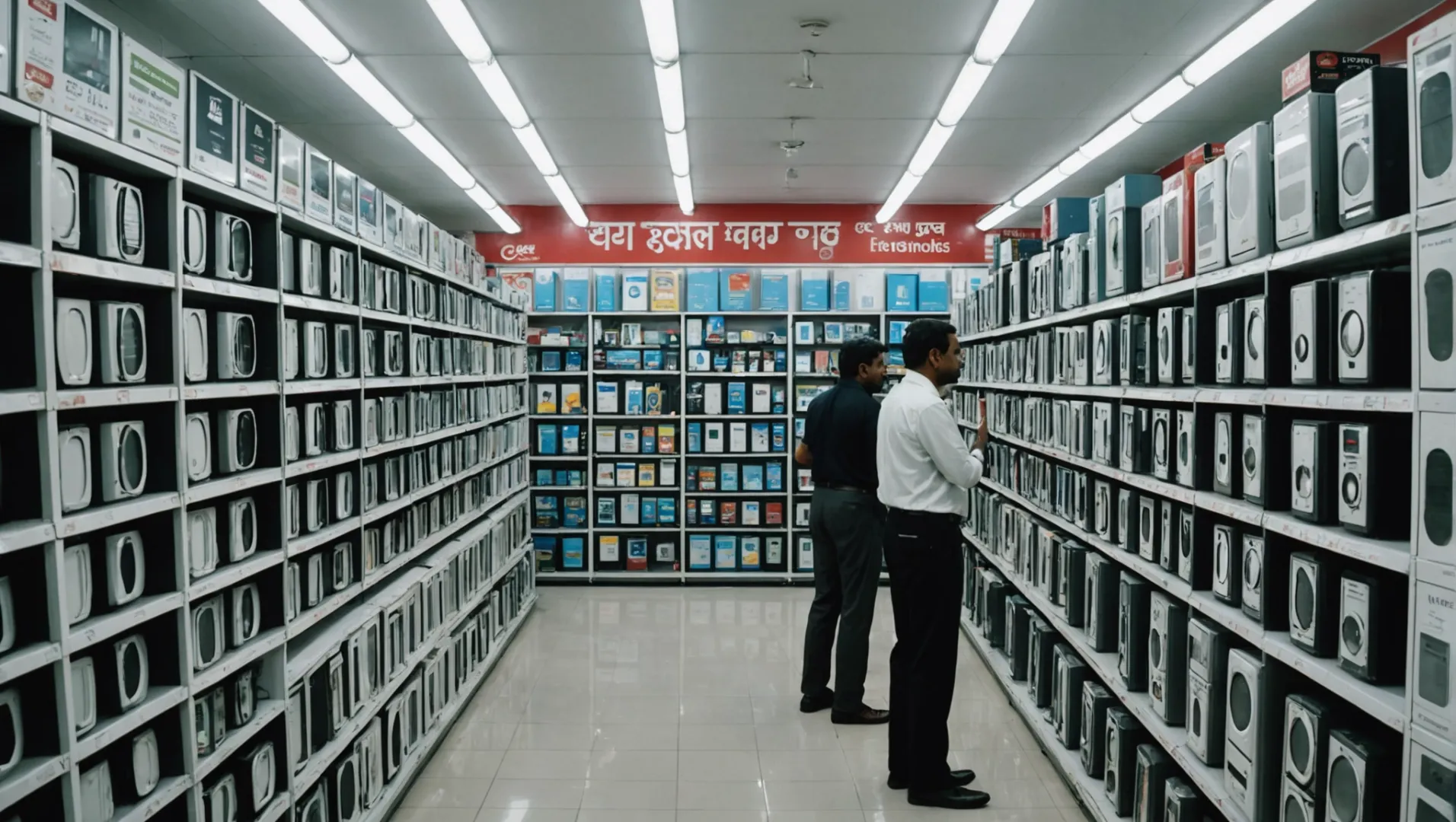
국내 수요 증가
인도 도시 전반의 대기 오염 수준이 높아지면서 공기청정기에 대한 수요가 크게 증가하고 있습니다. 건강과 웰빙에 대한 인식이 높아지면서 더 많은 도시 가정에서 이러한 기기에 투자하고 있습니다. 이러한 수요 증가는 매출 증대뿐만 아니라 외국 제조업체들이 인도 내에서 기회를 모색하도록 유도하고 있습니다.
전략적 어셈블리 운영
높은 수입 관세를 피하기 위해 여러 기업이 반덤핑(SKD) 접근 방식입니다. 여기에는 중국과 같은 국가에서 주요 부품을 수입하여 국내에서 조립하는 방식이 포함됩니다. 이 전략을 통해 제조업체는 경쟁력 있는 가격의 제품을 제공하는 동시에 현지 일자리 창출과 기술 개발을 촉진할 수 있습니다. 이러한 운영 방식은 더욱 강력한 제조 에코시스템3.
정부 이니셔티브 및 지원
인도 정부의 '메이크 인 인디아' 이니셔티브와 외국인 직접 투자(FDI) 우대 정책은 글로벌 기업들이 인도에 제조 기지를 설립하도록 장려하고 있습니다. 현재 공기청정기 시장은 수입품이 주를 이루고 있지만, 이러한 정책은 현지 생산 증가로 이어져 중국산 수입품에 대한 의존도를 낮출 수 있습니다.
인도의 비교 우위
인도는 베트남이나 태국과 같은 동남아시아 국가에 비해 제조 시설을 이전하는 데 있어 첫 번째 선택지는 아니지만, 내수 시장 잠재력이 큰 국가입니다. 구매력이 증가하는 중산층이 급성장하고 있기 때문에 인도는 향후 투자에 대한 매력적인 전망입니다.
국제 무역 역학 관계의 영향
국제 무역 정책과 관세는 생산 전략에 큰 영향을 미칩니다. 미국과 같은 시장에서 중국산 수입품에 대한 관세가 부과되면서 제조 기지를 다변화하는 추세가 증가하고 있습니다. 기업들이 단일 국가에 대한 과도한 의존으로 인한 위험을 완화하기 위해 이러한 변화를 모색함에 따라 인도는 점진적이기는 하지만 이러한 변화의 혜택을 누릴 수 있습니다.
향후 전망
인도 공기청정기 시장의 발전은 지속적인 수요 증가, 효과적인 정책 시행, 인프라 발전에 달려 있습니다. 환경 의식이 높아지고 기술이 발전함에 따라 글로벌 공기청정기 산업의 핵심 플레이어로서 인도의 잠재력은 괄목할 만한 발전을 이룰 수 있습니다.
인도의 공기청정기 시장은 SKD 운영이 주도하고 있습니다.True
SKD 운영은 관세를 절감하고 현지 제조업을 활성화하는 데 도움이 됩니다.
인도의 공기청정기 시장은 정부 정책의 영향을 받지 않습니다.False
'메이크 인 인디아'와 같은 정부 이니셔티브는 현지 생산을 장려합니다.
관세가 생산 전략 수립에 어떤 역할을 하나요?
글로벌 무역 시대에 관세는 제품의 생산지와 생산 방식에 큰 영향을 미칩니다.
관세로 인해 제조업체는 생산 전략을 재평가해야 하며, 이는 종종 조립 공장을 관세 친화적인 지역으로 이전하는 것으로 이어집니다. 이러한 재조정은 비용을 절감하고 목표 시장에서 가격 경쟁력을 유지하는 데 도움이 됩니다.
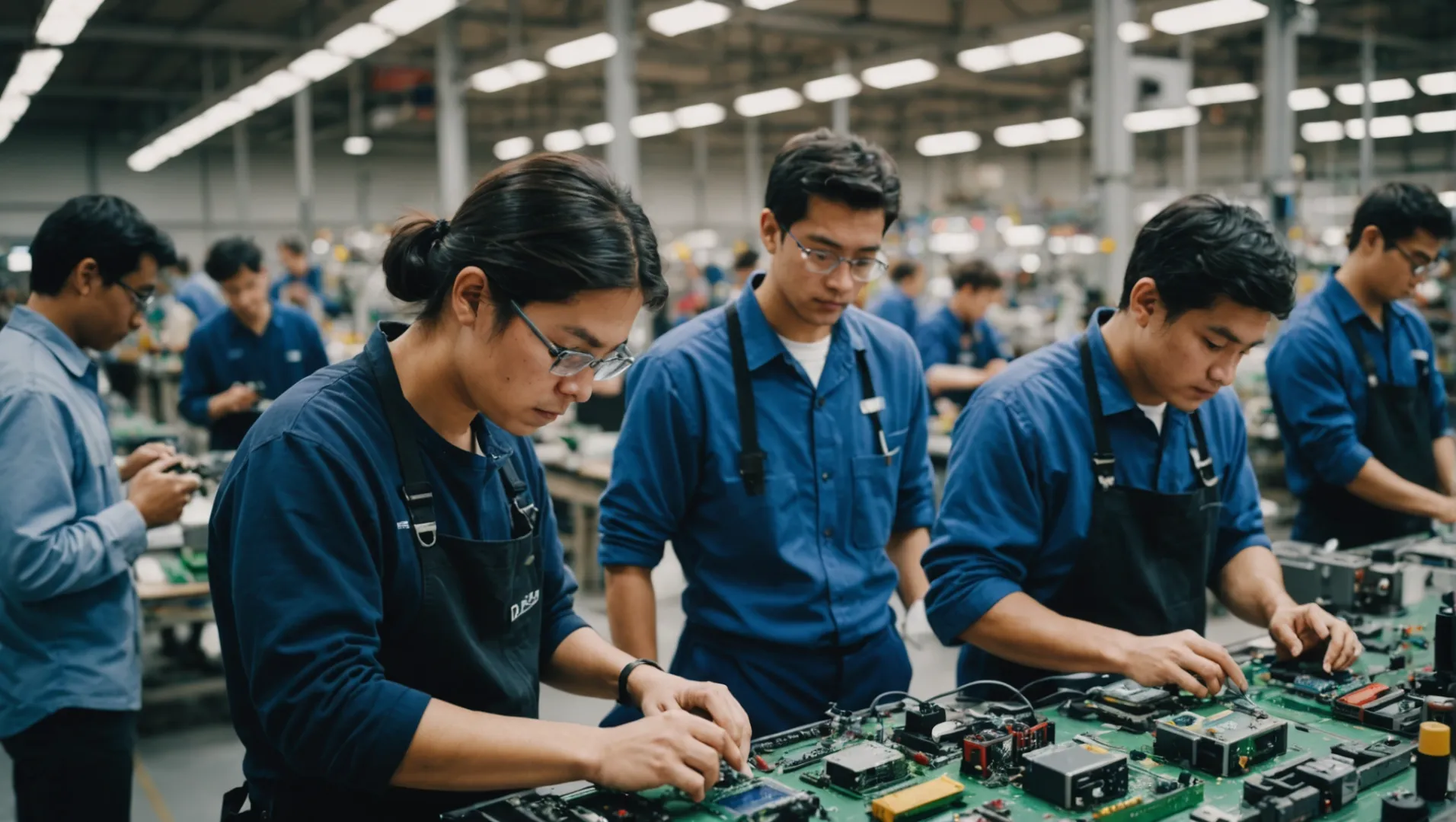
관세가 글로벌 제조업에 미치는 영향
관세는 기업이 제품을 생산할 곳을 선택하는 데 영향을 미침으로써 글로벌 제조 환경을 형성하는 데 중요한 역할을 합니다. 예를 들어, 미국이 중국산 제품에 부과한 높은 관세로 인해 제조업체는 수익성을 유지하고 가격 인상을 피하기 위해 중국 이외의 지역에서 대안을 모색하게 되었습니다.
전략적 재배치 및 조립
일반적인 전략 중 하나는 무역 조건이 더 유리한 국가로 조립 공장을 이전하는 것입니다. 공기청정기 업계에서는 다음과 같은 방법을 선택할 수 있습니다. 반 쓰러짐 (SKD) 어셈블리4 인도에서. 이 방식은 중국에서 부품을 수입하여 인도에서 조립하는 방식으로, 수입 관세를 절감하고 비용 효율성을 높입니다.
비교 분석: 인도 대 동남아시아
인도는 다음을 위한 실행 가능한 옵션이 되고 있습니다. SKD 관세 구조로 인해 베트남, 말레이시아, 태국과 같은 다른 동남아시아 국가는 인프라가 구축되어 있고 중국과 가까워 여전히 매력적인 시장입니다.
| 국가 | 장점 | 도전 과제 |
|---|---|---|
| 인도 | 유리한 관세, 성장하는 시장 잠재력 | 제한된 현재 시장 수요 |
| 베트남 | 중국과 더 가까워진 물류 구축 | 아직 인프라가 개발 중인 신흥 시장 |
| 말레이시아 | 강력한 무역 협정, 숙련된 인력 | 다른 국가에 비해 작은 국내 시장 |
| 태국 | 다각화된 제조 부문 | 경쟁적인 지역 역학 관계 |
생산 전략에 대한 장기적 시사점
국제 무역 정책에 따라 관세가 계속 변동하기 때문에 제조업체는 민첩성을 유지해야 합니다. 장기적인 전략으로는 생산지를 다변화하고 안정적인 경제 정책과 무역 협정을 맺은 국가에 투자하는 것이 있습니다.
이러한 복잡한 무역 환경을 효과적으로 탐색할 수 있는 기업은 글로벌 시장에서 경쟁 우위를 유지할 수 있습니다. 이러한 역학 관계를 이해하는 것은 변화하는 관세 환경에 대응하여 생산 전략을 최적화하고자 하는 이해관계자에게 매우 중요합니다.
관세는 종종 조립 공장의 이전으로 이어집니다.True
관세는 제조업체가 관세 친화적인 지역으로 사업장을 이전하는 데 영향을 미칩니다.
인도는 베트남보다 SKD 조립에 유리하지 않습니다.False
인도는 유리한 관세를 적용하고 있어 실행 가능한 SKD 위치입니다.
중국산 공기청정기를 대체할 수 있는 대안이 있을까요?
With concerns over supply chains, many are seeking alternatives to Chinese-made air purifiers.
예, 중국산 공기청정기를 대체할 수 있는 대안이 존재합니다. 미국, 일본, 한국 및 인도의 신흥 시장과 같은 국가의 브랜드에서 경쟁력 있는 제품을 제공합니다. 이러한 대안은 종종 혁신적인 기술, 지속 가능성 및 현지 시장의 요구에 초점을 맞추며 품질과 윤리적 소싱을 우선시하는 소비자들에게 어필합니다.
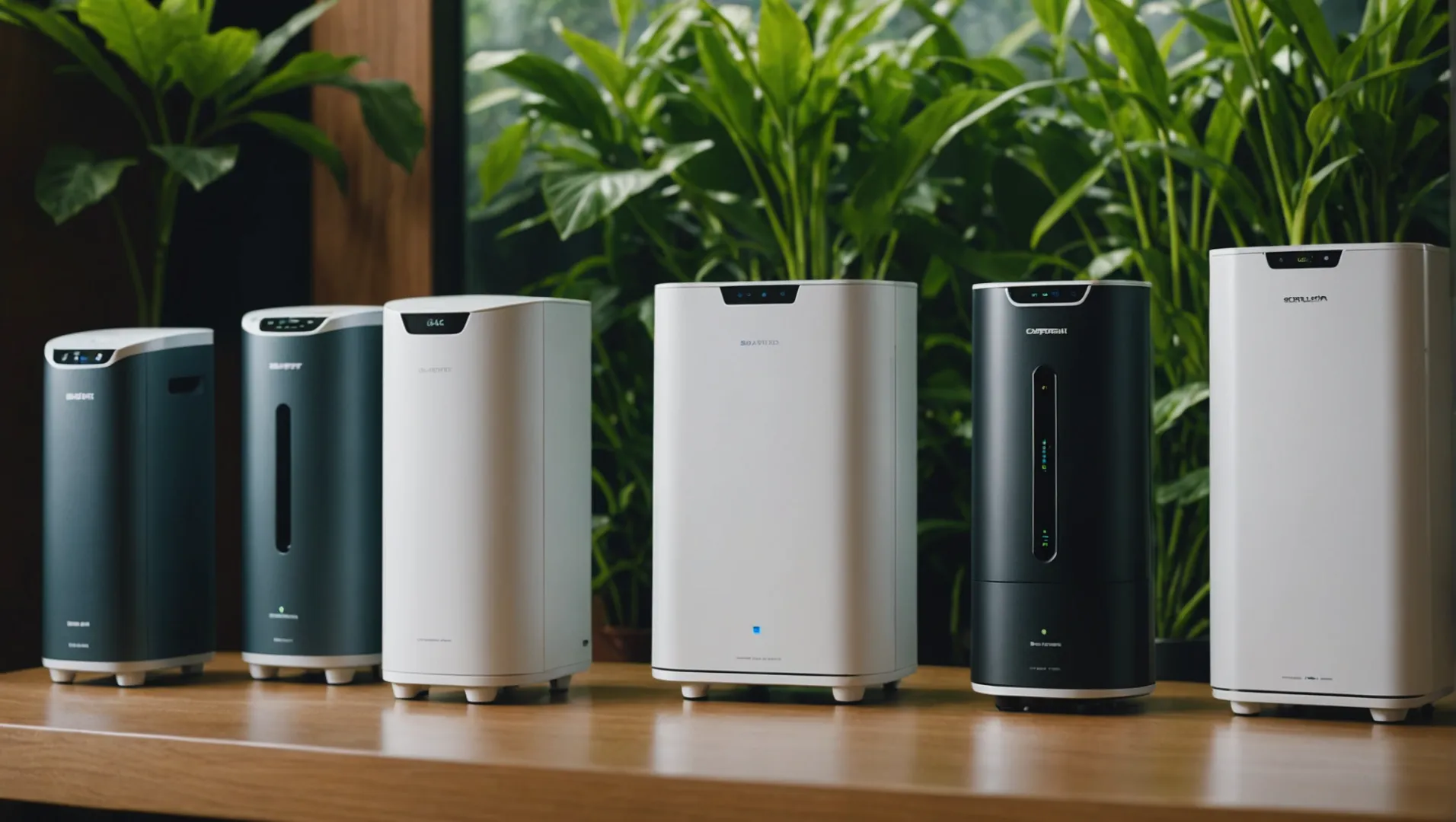
글로벌 공기청정기 브랜드 살펴보기
공기청정기 시장이 확대됨에 따라 중국의 제조 능력에 대한 잠재적 대안으로 여러 국가가 부상하고 있습니다. 일본 미국5 그리고 일본6 는 고품질 생산 기준과 혁신적인 기술로 유명합니다. 이 국가들은 첨단 필터링 방법과 기술에 정통한 소비자들을 위한 스마트한 기능을 우선시합니다.
한국 혁신의 역할
한국은 가전 산업에서 상당한 발전을 이루었습니다. 다음과 같은 브랜드 삼성7 그리고 LG8 통합 공기 청정기 제공 IoT (사물 인터넷) 기능을 통해 사용자가 스마트폰을 통해 원격으로 공기질을 모니터링할 수 있습니다. 이러한 혁신은 스마트 홈과의 원활한 통합을 원하는 디지털 네이티브 소비자 시장의 성장세에 어필할 수 있습니다.
인도 시장의 새로운 역할
인도는 아직 국내 공기청정기 생산을 발전시키고 있지만, 낮은 관세와 생산 비용을 활용하고자 하는 글로벌 브랜드에게는 유망한 조립 허브 역할을 하고 있습니다. 중국에서 부품을 수입하여 인도에서 조립하는 전략은 다음과 같이 알려져 있습니다. SKD (세미 넉다운)을 사용하면 수입 관세가 낮아져 미국 시장에서 비용 효율적으로 유통할 수 있습니다. 이러한 추세가 증가함에 따라 소비자들은 중국산 모델과 비슷한 성능의 더 저렴한 옵션을 기대할 수 있습니다.
지속 가능성 및 윤리적 생산
지속 가능성을 우선시하는 소비자들이 늘어나면서 친환경적이고 윤리적으로 생산된 공기청정기에 대한 수요가 증가하고 있습니다. 유럽의 기업들은 지속 가능한 소재와 에너지 효율적인 디자인에 집중하여 이러한 변화를 주도하고 있습니다. 이러한 관행은 환경을 생각하는 소비자들에게 어필할 뿐만 아니라 글로벌 지속 가능성 목표와도 부합합니다.
품질 대 비용: 소비자는 무엇을 고려해야 할까요?
대안을 평가할 때 소비자는 제품 수명, 에너지 효율성, 필터 교체 비용, 애프터서비스 등의 요소를 고려해야 합니다. 중국 외 브랜드는 프리미엄이 붙을 수 있지만, 우수한 보증과 고객 지원을 제공하는 경우가 많습니다.
요약하자면, 중국이 공기청정기 제조 분야에서 여전히 지배적인 위치를 차지하고 있지만, 전 세계적으로 실행 가능한 대안이 있습니다. 이러한 대안은 최첨단 기술부터 지속 가능한 관행에 이르기까지 다양한 소비자 선호도를 충족합니다.
미국 공기청정기는 스마트한 기능으로 유명합니다.True
미국 브랜드는 고급 필터링과 스마트 기술에 중점을 둡니다.
인도는 완전 조립된 공기청정기를 전 세계로 수출하고 있습니다.False
인도는 현지 유통을 위해 SKD 방식으로 공기청정기를 조립합니다.
결론
While China remains a powerhouse in air purifier production, India's potential is burgeoning. As market demands and tariffs evolve, keeping an eye on these shifts can inform smarter purchasing decisions.
-
중국의 제조 기술 발전과 확장성 이점을 살펴보세요..: 중국은 경제 발전의 새로운 단계에 도달했으며, 대학과 국내 기업의 혁신 역량이 훨씬 더 커졌습니다. ↩
-
중국이 글로벌 공기 청정기 생산을 선도하는 이유를 이해하십시오: 중국은 현재 우수한 비용 효율성, 생산 능력 및 연구 개발을 자랑하며 공기 청정기 생산을 선도하고 있습니다 ... ↩
-
SKD 운영이 어떻게 비용 효율성과 현지 고용을 향상시키는지 알아보세요: SKD는 CKD와 CBU의 중간 단계로, 테스트 및 품질 검사 단계가 줄어들어 CKD보다 작업량이 조금 더 적습니다. ↩
-
SKD 조립이 생산 비용 절감에 어떻게 도움이 되는지 알아보십시오: 완전히 작동하는 차량이 완성되어 본국의 제조 공장에서 제작되어 작업장으로 운반되어 분해되거나 ... ↩
-
혁신적인 공기 정화 기술로 유명한 미국의 주요 브랜드를 살펴보세요: 제가 조사한 결과, Molekule, Blueair, Levoit가 동급 최고의 옵션으로 반복해서 추천되었습니다. 그래서 세 가지를 모두 사용해 보았습니다. 아래에서 자세한 내용을 알려드리겠습니다. ↩
-
일본 브랜드가 공기 정화 혁신에서 어떻게 탁월한지 알아보십시오: 샤프 FU-L30-W 플라즈마 클러스터 7000 공기청정기-최신 모델-바이러스 꽃가루 10 다다미 영역-흰색. 정상 가격: $340.00. 판매 가격 : $340.00 판매. ↩
-
삼성 공기청정기의 스마트 기능에 대해 알아보세요..: 삼성 공기청정기에는 0.3㎛ 초미세먼지를 99.97% 제거하고, 포집된 박테리아의 확산을 차단하는 혁신적인 헤파필터 시스템이 탑재되어 있습니다. ↩
-
공기청정기에 IoT를 통합하는 LG의 접근 방식을 이해합니다: 조용한 작동. LG의 스마트 인버터는 23dB의 낮은 소음 수준으로 공간을 평화롭고 조용하게 유지하면서 공기를 정화합니다. 어린이 친화적 인 디자인 ... ↩


